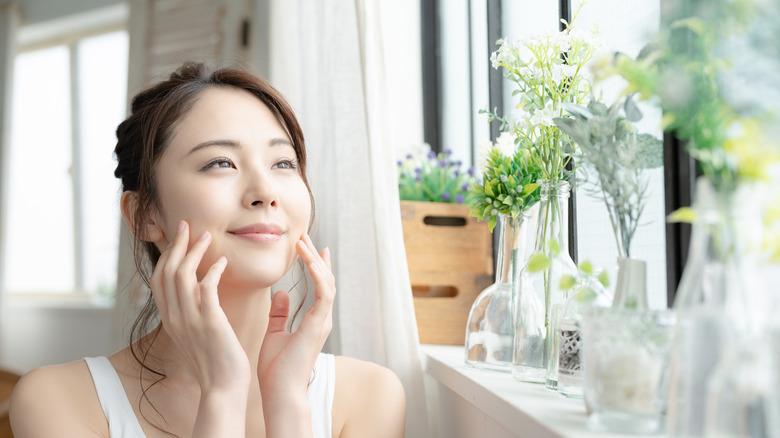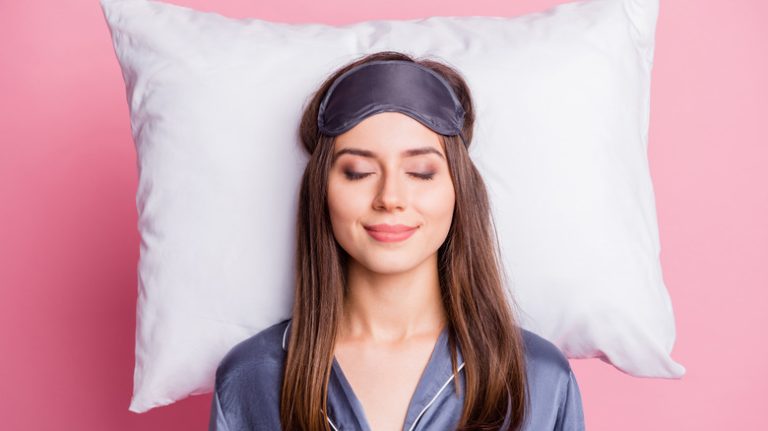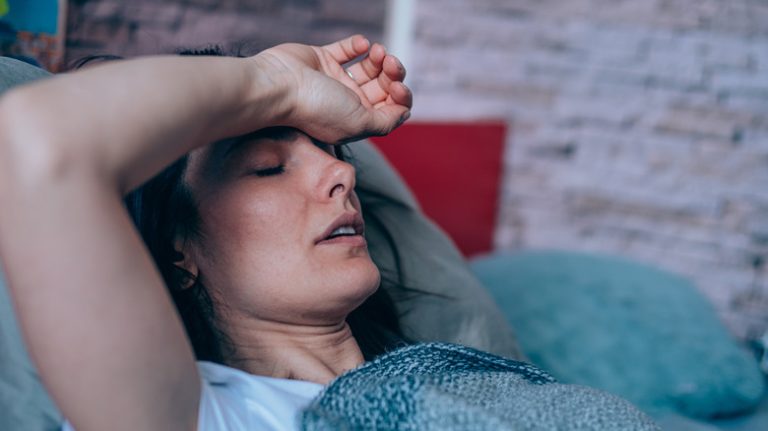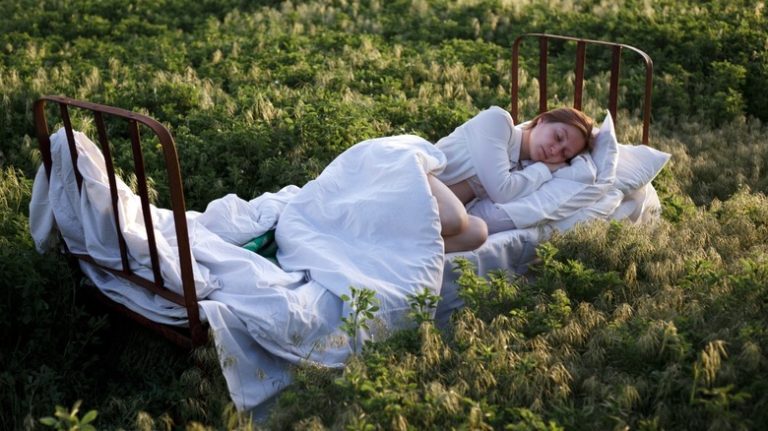Does anybody else want to let out a shocking Wilhelm scream anytime they walk into a nice restaurant for dinner and it’s lit up like a high school cafeteria? Maybe you’re hootin’ and hollerin’ at your phone screen in agreement, or maybe you’re one of the lucky people whose head doesn’t just about explode when the lighting is “weird.” But regardless of what camp you’re in, your physiology is undoubtedly affected by the lighting environment in ways that can affect your mood, sleep, appetite, and energy levels (per EcoMENA).
The Mayo Clinic describes light therapy as a treatment used for a number of health conditions including seasonal affective disorder, depression, and sleep disorders. Light therapy is used to expose patients to artificial light to reset irregularities in the circadian rhythm. The circadian rhythm is our bodies’ internal clock that dictates things such as our sleep/wake cycle and when we feel hungry. According to the Sleep Foundation, by taking in light similar to sunlight, we can realign our circadian rhythms with the natural pattern of the sun, allowing us to feel sleepier in the evening when the sun sets and more awake in the morning when the sun rises. Here are a few ways you can implement light therapy at home for better sleep.
Ways you can use light therapy at home

One of the coolest parts of light therapy is that it is accessible, so you can do it from the comfort of your own home. Dr. Leland Stillman told MindBodyGreen that changing the light bulbs in your house can be a great introduction to light therapy. Essentially, you want the artificial lighting in your home to closely reflect nature as much as possible. After the sun sets, the only light in nature is infrared. So, Dr. Stillman suggests swapping cooler, blue light bulbs — known to suppress melatonin production — for warm-colored bulbs. The closer you can get your bulb lighting to candlelight, the less it will affect your sleep cycle.
If you want to further improve your light therapy, you might look into buying a light box. A light box is just what it sounds like: a box of bright, white light that mimics the sun. Making a daily practice of sitting in front of a light box first thing in the morning can be effective in quickly and painlessly resetting your circadian rhythm, per Sleep Foundation. Speak with your doctor about what type of light box will be most helpful in your particular case.
Other useful tricks for better sleep

In addition to using light therapy to reset your internal clock, there are a few other things you can do to help the process along. The Sleep Foundation recommends getting on a regular sleep schedule by going to bed and waking up at the same time every day. We know that for some this is easier said than done, but sticking to a routine is your circadian rhythm’s love language.
Ensuring total darkness at night can also help you get the most out of your sleeping hours. Dr. Stillman suggests an eye mask or blackout curtains so that your body can get to work producing the melatonin you need for a long, rested sleep (via MindBodyGreen). He also recommends having your morning coffee outside on the deck or taking an early morning walk around the yard (sans sunglasses) as a way to make sure your eyes absorb some natural light first thing in the morning. The sunlight entering your eyes sends a signal to your brain that it’s time to release the hormones that will give you energy throughout the day.



